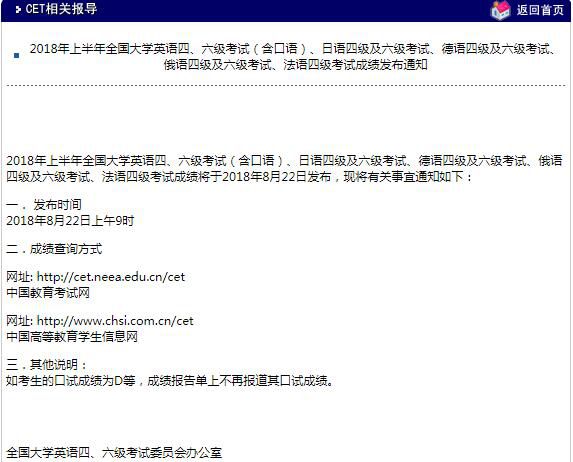|
Passage 58 In an attempt to improve the overall performance of clerical workers, many companies have introduced com- puterized performance monitoring and control systems(CPMCS) that record and report a worker's computer-(5) driven activities. However, at least one study has shown that such monitoring may not be having the desired effect.
In the study, researchers asked monitored clerical workers and their supervisors how assessments of productivity affected supervisors' ratings of workers' performance. In(10) contrast to unmonitored workers doing the same work, who without exception identified the most important element in their jobs as customer service, the monitored workers and their supervisors all responded that productivity was the critical factor in assigning ratings. This finding suggested(15) that there should have been a strong correlation between a monitored worker's productivity and the overall rating the worker received. However, measures of the relationship between overall rating and individual elements of perfor- mance clearly supported the conclusion that supervisors(20) gave considerable weight to criteria such as attendance.accuracy, and indications of customer satisfaction.
It is possible that productivity may be a "hygiene factor." that is, if it is too low, it will hurt the overall rating. But the evidence suggests that beyond the point at(25) which productivity becomes "good enough." higher productivity per se is unlikely to improve a rating. 1. According to the passage, before the final results of the study were known, which of the following seemed likely?
(A) That workers with the highest productivity would also be the most accurate
(B) That workers who initially achieved high productivity ratings would continue to do so consistently
(C) That the highest performance ratings would be achieved by workers with the highest productivity
(D) That the most productive workers would be those whose supervisors claimed to value productivity
(E) That supervisors who claimed to value productivity would place equal value on customer satisfaction 2. It can be inferred that the author of the passage discusses “unmonitored workers”(line 10) primarily in order to
(A) compare the ratings of these workers with the ratings of monitored workers
(B) provide an example of a case in which monitoring might be effective
(C) provide evidence of an inappropriate use of CPMCS
(D) emphasize the effect that CPMCS may have on workers’ perceptions of their jobs
(E) illustrate the effect that CPMCS may have on workers’ ratings 3. Which of the following, if true, would most clearly have supported the conclusion referred to in lines 19-21?
(A) Ratings of productivity correlated highly with ratings of both accuracy and attendance.
(B) Electronic monitoring greatly increased productivity.
(C) Most supervisors based overall ratings of performance on measures of productivity alone.
(D) Overall ratings of performance correlated more highly with measures of productivity than the researchers expected.
(E) Overall ratings of performance correlated more highly with measures of accuracy than with measures of productivity. 4. According to the passage, a “hygiene factor” (lines 22-23) is an aspect of a worker’s performance that
(A) has no effect on the rating of a worker’s performance
(B) is so basic to performance that it is assumed to be adequate for all workers
(C) is given less importance than it deserves in rating a worker’s performance
(D) if not likely to affect a worker’s rating unless it is judged to be inadequate
(E) is important primarily because of the effect it has on a worker’s rating 5. The primary purpose of the passage is to
(A) explain the need for the introduction of an innovative strategy
(B) discuss a study of the use of a particular method
(C) recommend a course of action
(D) resolved a difference of opinion
(E) suggest an alternative approach | 







